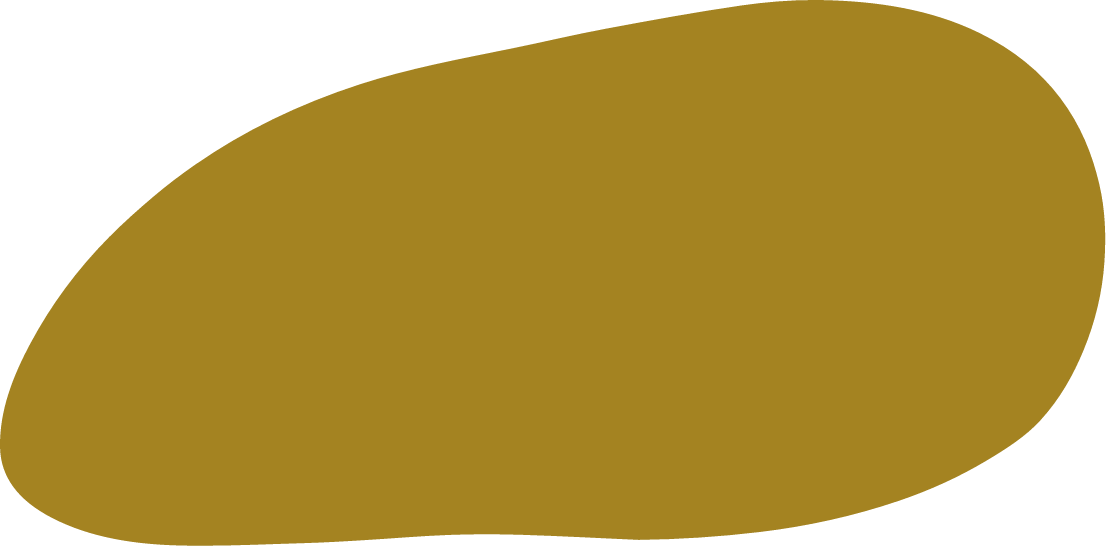to glean:
- to gather leftover crops, following the harvest
- to gather anything slowly and laboriously
In this reflective documentary/essay, we follow Varda, as she performs a final re-invention of herself at the turn of the 21st century. Her identity as a filmmaker is in tune with her identity as a woman, she shares her stories with care and depth. The glue, holding everything together, is intimacy, the meaningfulness of everyday life, the oldest and truest form of familiarity and her desire to share and be shared.
The Gleaners and I is a (the) meeting place (mostly in the first person) of people from various French towns and villages. Some of them are living on the edge of poverty; while others were born into privilege. Among them, are a woman who has spent her entire life in the farmhouse she was born in, a chef boasting two Michelin stars, the psychoanalyst Jean Laplanche, the great-grandson of physiologist and chrono-photographer Etienne-Jules Marey, a woman working at a bar, a family that has brought an old vineyard back to life, the artist Louis Pons, who makes ‘art’ through reinventing everyday objects that are no longer considered useful and Alain, who has a degree in Biology and teaches French to migrants.
What do all their life stories have in common? Gleaning. The (re)gathering of what others have left behind, making use of every single available grain, the point where one person’s trash transforms into another person’s treasure. Varda’s film tells the story of gleaning as a process of collecting fruits, ideas, actions, experiences.
As the film progresses Varda develops concentric circles, narratives that make sense of an act that has been practised in different forms over centuries. Some people are connected to gleaning due to family tradition, some turn to gleaning simply in order to survive, others to make a political statement. Sometimes it’s a matter of agency at other times, a lack of.
In her story-telling that entangles and intertwines space and time, the countryside and the city, Varda converses with three works of art related to gleaning: the first is a painting by Millet which depicts three women in the field, gleaning stalks of wheat, their backs turned to both the artist and the viewer. Millet moves the gleaners―the poor, coming from the lowest rung of society, who are, therefore, allowed to collect the leftovers from the harvest―to the center, the place previously occupied by the privileged. The conversation, which is not just artistic, but also political, continues with the figure, created by Breton, in which a female-gleaner looks straight at the painter and the viewers, holding on tight to the straws she has collected―a figure with which Varda herself identifies; and ends with Hédouin’s Gleaners Fleeing the Storm which she chooses to present as the work’s moral core. For Varda, a return to self-sufficiency, moderation, and ingenuity can be life-saving before the storm. Varda announces, early on, that, in the past, gleaners were exclusively women. If one were to draw a parallel between the evolution of cinema and the evolution of gleaning, one realises that, at a certain point, men started to glean, while more and more women started making movies. For Varda, the art of cinema is also the art of gleaning.
Varda doesn’t simply document this gleaning. She becomes part of it, in fact she already is part of it. Gleaning does not function only as a place, but also as a raw material. It is both there and through it, that her filmmaking is created. With symbols lost and found in the most unlikely places. By talking about gleaning, she is also talking about her own life and art. She foregoes high-end film equipment, and picks up a simple, handheld camera instead. Which is nothing more and nothing less than a medium, she makes the most of, to tell her stories.
Holding the camera in one hand, she films her other hand. She is the recording subject, but also positions herself as the filmed object, including herself thus in this intimate portrait study of her time.












